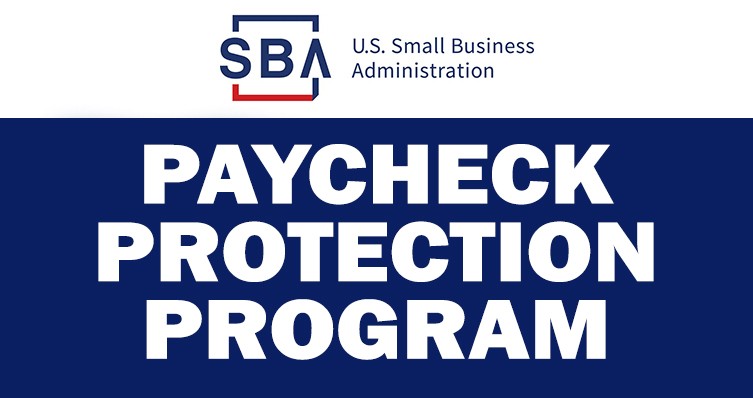
The Small Business Administration has released a new form for certain PPP borrowers to use to apply for forgiveness, as well as changes to the original application. They also issued a new interim final rule giving guidance on how to calculate employee and owner compensation in the new 24-week covered period.
The latest changes are intended to make the application process easier on borrowers and to increase efficiency for lenders and borrowers.
The new Form 3508EZ eases documentation requirements and will give many borrowers a simplified process to have their debt eliminated. Both forms added a “safe harbor” option that allows borrowers to affirm they were unable to operate “at the same level of business activity” they had before the crisis because of government requirements or safety guidance, including social distancing rules.
Those borrowers can have their loans fully forgiven if they meet the program’s other rules, including a requirement that they spend at least 60% of their aid money on payroll.
The new EZ application is two pages and requires fewer calculations and less documentation than the revised full forgiveness application (FFA), which is four pages.
The EZ version is eligible for those who are:
- self-employed and have no employees
- employers who did not reduce salaries or wages by more than 25% and did not reduce the number or hours of employees during the covered period
- employers who experienced a COVID-19-related reduction in business activity as a result of health directives, and who did not reduce salaries or wages by more than 25% during the covered period
The revised PPP Loan Forgiveness Application includes a number of notable items. These include:
- Health insurance for S corporation owners cannot be included when calculating payroll costs, but you can include retirement costs for them.
- Borrowers don’t have to wait until December 31, 2020, to apply for forgiveness to use the safe harbors for excluding salary and hourly wage reductions and reductions in the number of employees, they can be applied as of the date the loan forgiveness application is submitted.
- Borrowers that received loans before June 5 can choose between using the original eight-week covered period or the new 24-week covered period.
The new interim final rule issued did clear up a question may borrows had from the tripling of the covered period. The PPP loan allows forgiveness for payroll for up to $100,000 annualized per employee, or $15,385 per individual under the initial eight-week period. This new rule established the 24-week maximum for full loan forgiveness at $46,154 per individual.
While the employee compensation limit under the 24-week period is three times the amount that was allowed under the initial eight-week period, the interim final rule does not do the same with self-employed borrowers that file a Schedule C, Profit of Loss From Business, or Schedule F, Profit or Loss From Farming. For those businesses, forgiveness for the owner compensation for the eight-week period is 8/52 x 2019 net profit, up to a maximum of $15,385. For the 24-week period, the forgiveness calculation is limited to 2.5 months of the 2019 net profit, up to a maximum of $20,833.
The new guidance doesn’t clear up confusion over how to calculate the potential reduction in hourly wages, or whether it should be based on a total hourly wage or an average that might include overtime.
If you have questions about the latest PPP changes and loan forgiveness policies, reach out to us at KraftCPAs.
© 2020
KraftCPAs can help.
Call us at 615-242-7351 or complete the form below to connect with an advisor.